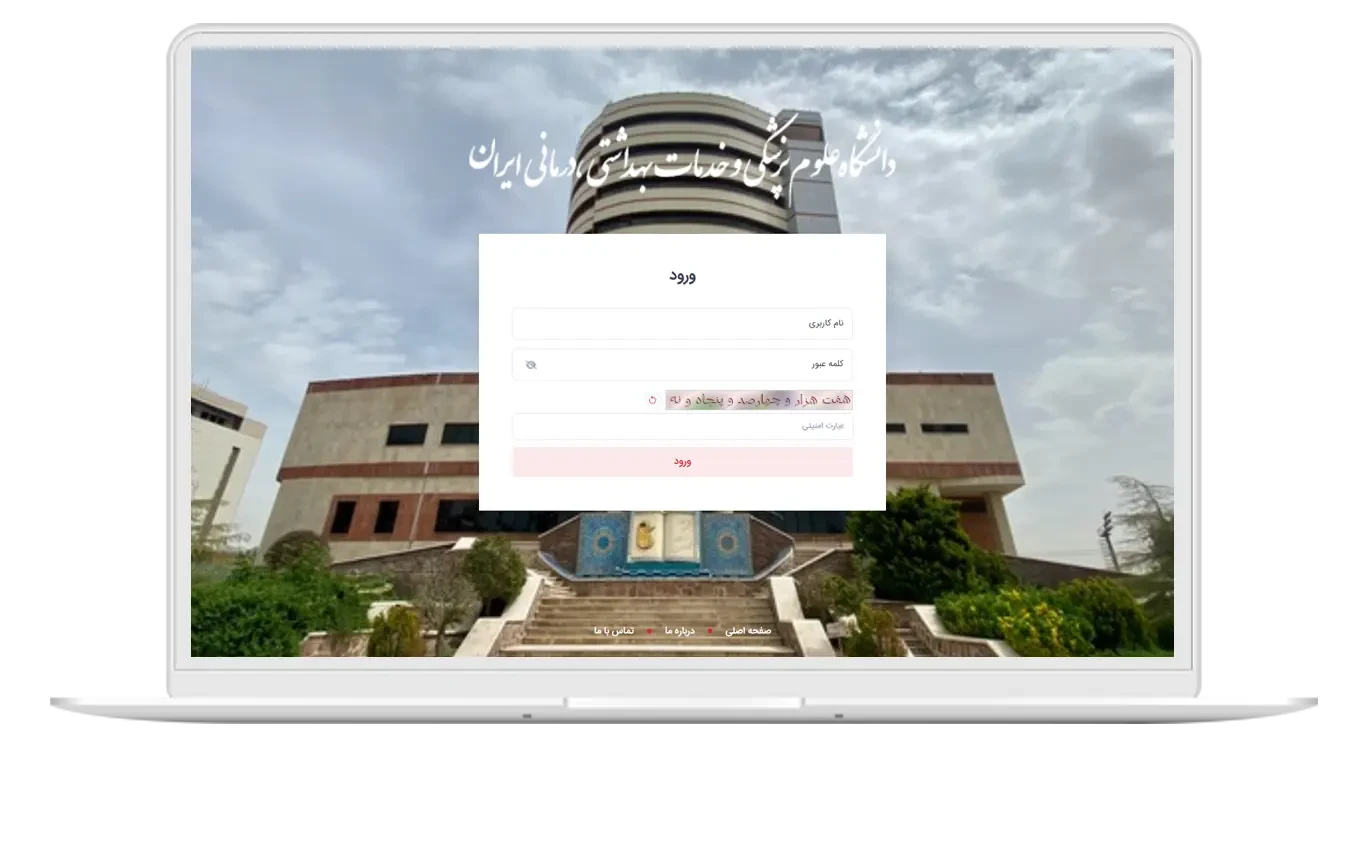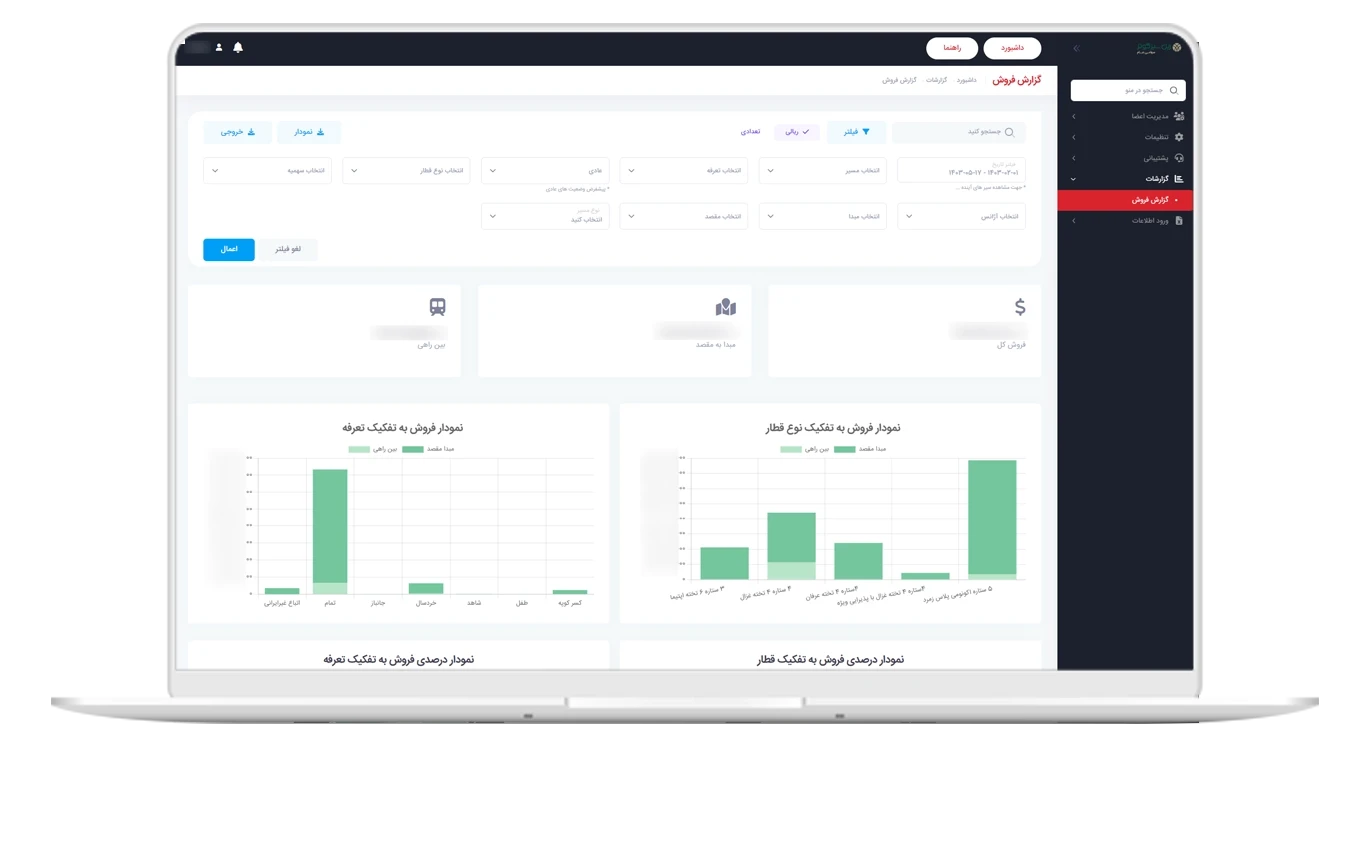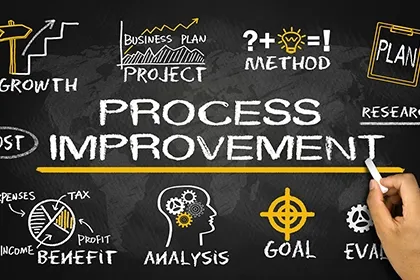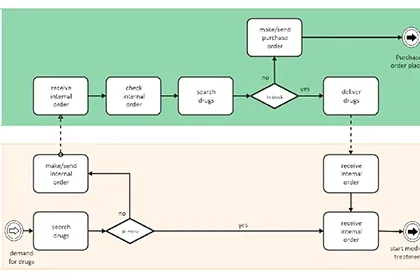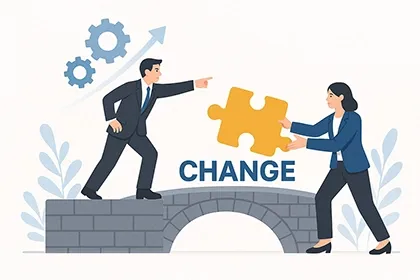One of the fundamental challenges in Business Process Management (BPM) is the alignment of technology, human resources, and strategic goals of the organization. This alignment is not possible without a precise and standardized conceptual framework — where Enterprise Architecture comes into play.
Enterprise Architecture BPM serves as a bridge between information technology and business strategies, providing a framework for designing and managing processes, data, systems, and goals in a coherent manner.
An Introduction to the Concept of Enterprise Architecture in BPM
Enterprise Architecture is essentially a comprehensive map of the structure, components, and connections among different parts of an organization. When this concept is placed alongside BPM, it leads to the creation of harmony among processes, technologies, data, and human resources.
The primary goal of Enterprise Architecture BPM is to ensure that all business processes are executed in alignment with the overarching goals of the organization and with maximum efficiency. This is achieved through modeling, analyzing, and optimizing the organizational and process structure.
Why is Enterprise Architecture Important in BPM?
In Business Process Management (BPM) projects, many organizations get caught up in the details of processes and lose sight of the bigger picture. Without a proper understanding of the overall architecture of the organization, any process optimization may lead to conflicts, redundancies, or misalignment.
The importance of Enterprise Architecture BPM lies in its role as a comprehensive roadmap that ensures the coherent execution of processes and their compatibility with existing technologies, data, and structures. Some benefits of this approach include:
- Aligning process objectives with organizational strategy
- Reducing rework and inconsistencies among different units
- Improving communication between the IT unit and business
- Supporting data-driven decision-making
- Accelerating the implementation of digital transformation projects
Key Components of Enterprise Architecture BPM
Enterprise Architecture BPM encompasses a set of layers and components, each playing a vital role in the comprehensive management of processes. These components include:
- Business Layer: Includes strategic objectives, policies, and key business processes.
- Data Layer: Manages process data, metadata, and related information structures.
- Application Layer: Includes systems, software, and BPMSs that support the processes.
- Technology Layer: The hardware and software infrastructures that enable the execution of processes.
- Governance Layer: Regulations, standards, and control frameworks that assure the quality of BPM execution.
The Role of TOGAF in Designing Enterprise Architecture BPM
One of the most recognized frameworks in the field of Enterprise Architecture is the TOGAF framework. TOGAF (The Open Group Architecture Framework) provides a structured approach for designing, implementing, and managing enterprise architecture.
The use of TOGAF in Business Process Management (BPM) projects helps ensure that processes are designed systematically across four areas:
- Business Architecture
- Data Architecture
- Application Architecture
- Technology Architecture
These four sections complement each other and together provide an accurate roadmap for implementing a successful and integrated BPMS system.
Aligning Enterprise Architecture and BPM
One of the most significant benefits of integrating enterprise architecture with BPM is the establishment of alignment between technology and business processes. EA outlines the path while BPM serves as the tool to navigate that path. Together, they foster an agile, efficient, and measurable organization.
| Area | Role in Enterprise Architecture | Role in BPM |
|---|---|---|
| Business | Formulating strategies and objectives | Transforming strategy into operational processes |
| Technology | Defining infrastructures and standards | Using BPMS tools for execution |
| Data | Modeling organizational information | Analyzing process data for continuous improvement |
| Governance | Setting policies and controls | Monitoring compliance and evaluating process performance |
Benefits of Combining Enterprise Architecture and BPM
- Facilitating the design and implementation of complex processes
- Creating a 360-degree view of the relationships among systems and processes
- Improving coordination between information technology and business
- Reducing the costs of system maintenance and development
- Increasing agility in responding to environmental changes
Challenges in Implementing Enterprise Architecture BPM
Despite the numerous advantages, implementing Enterprise Architecture BPM is not without challenges. Some common challenges include:
- Cultural resistance to process changes
- Lack of accurate documentation of current processes
- Absence of synergy between technology and business units
- Complexity in aligning process models with architecture models
To address these challenges, utilizing frameworks like TOGAF and integrated modeling tools (UML, BPMN, ArchiMate) is recommended.
Conclusion and Takeaways
Enterprise Architecture BPM is one of the key pillars of success on the path to Business Process Management (BPM). This architecture facilitates a comprehensive view of the organizational structure, processes, and technologies, laying the groundwork for integration, transparency, and continuous improvement.
Organizations that leverage Enterprise Architecture alongside BPM not only achieve optimized processes but also adapt swiftly to market and technological changes — something that is vital in today’s competitive world.
Frequently Asked Questions
EA outlines the overall vision of the organization, while BPM focuses on the practical implementation and optimization of processes.
The absence of EA can often lead to inconsistency and siloing of systems and processes.
Tools such as ArchiMate, Bizagi, Sparx EA and BPMS are recommended for modeling and integration.
